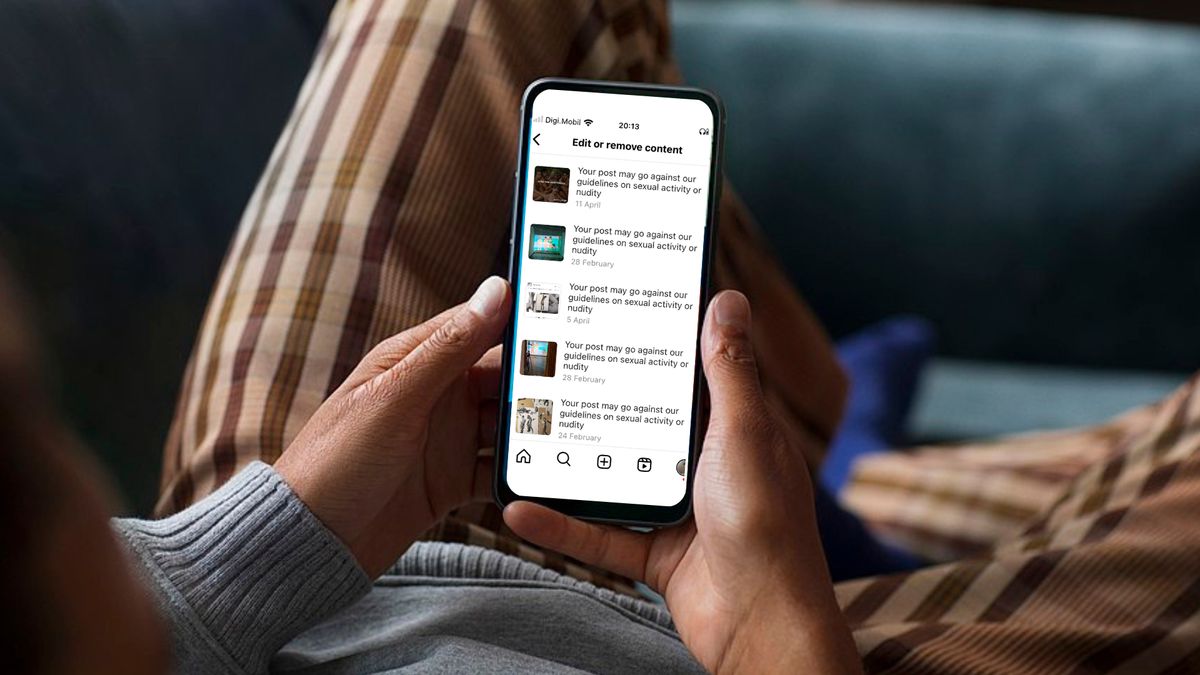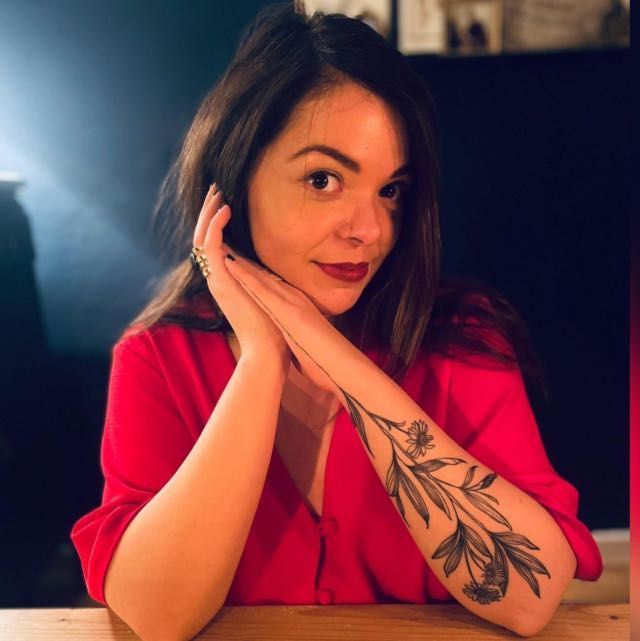Recently, Instagram all but admitted to its notorious “shadowban”—where your posts and account are hidden from other users on the app—by allowing creators to see which of their posts violated an ambiguous set of rules called the Recommendation Guidelines.
After years of stumbling in the gaslight, creators with professional accounts can now see which posts are making their viewer count nosedive, their handle invisible, or any number of effects of what Instagram calls being “not recommendable”. There is even an option to appeal decisions—but it doesn’t always work. Following this uncharacteristic transparency from the notorious black box of Instagram, many have begun to doubt the usefulness of these new tools and some have even grown suspicious of their intent.
Of the many questions that are popping up, one regards a dizzying violation loop artists are getting caught in. When content violates Instagram’s recommendation guidelines, creators are notified in their account status. There, they are given the opportunity to delete content that is in violation, ostensibly making their account recommendable again, or they may ask for a review. Requesting a review creates a bulk review of all content that currently offends the recommendation guidelines. Sometimes content originally flagged as offensive disappears from this list, but many creators have then noticed that they are quickly replaced with new violations, even from old posts.
This has perturbed many artists, prompting the questions: how are our accounts being reviewed, by whom, and how often? Some artists are even growing suspicious of Instagram’s motives in suggesting that artists erase more and more content, a scepticism that is not unreasonable given the years of shadowban denial by the platform.
Another concern troubling artists is the recommendation guideline against “content that may be sexually explicit or suggestive”. Instagram’s community guidelines infamously penalise art that includes the human body, something many artists have already learned to adapt to, so as to avoid account and content deletion. The inclusion of this vague language in the recommendation guidelines, however, is disheartening to artists who are obviously still being held to subjective standards. Recently, Instagram has attempted to define what it considers to be “suggestive elements”, all but one of which rely heavily on obvious sexual intent, the remainder being simply described as “poses”. This catch-all term may be used to pull many artists into the aforementioned violation loop, allowing any work with the body, regardless of intent, to be read as “sexually suggestive”.
While transparency from Instagram’s owner Meta is positive, these tools have revealed more concerns than answers for artists. By showing artists outright that their content is being held to vague and subjective standards, and rewarding self-censorship, these new tools may result in the further chilling of artistic expression on the platform. According to the National Coalition Against Censorship, “It’s a clear sign to us that Meta’s platforms are unfriendly to artistic expression, and that they need to bring more artistic perspectives into the creation and enforcement of their guidelines.”



